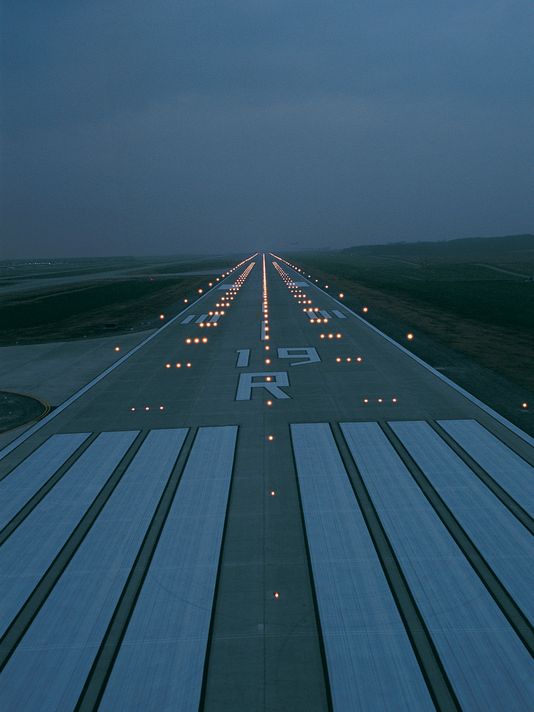

In flight simulation programs those of American origin might apply U.S. It is very common in a country such as Canada for a controller to clear an incoming American aircraft to, for example, runway 04, and the pilot read back the clearance as runway 4. This American anomaly may lead to inconsistencies in conversations between American pilots and controllers in other countries. This also includes some military airfields such as Cairns Army Airfield. civil aviation airports drop the leading zero as required by FAA regulation. The two 14/32 runways go from upper left to lower right, the two 4/22 runways go from lower left to upper right, and the two 9/27 and three 10/28 runways are horizontal.Ī leading zero, for example in "runway zero-six" or "runway zero-one-left", is included for all ICAO and some U.S. military airports (such as Edwards Air Force Base). (instead of "fifteen" or "thirty-three").įAA airport diagram at O'Hare International Airport. For clarity in radio communications, each digit in the runway name is pronounced individually: runway one-five, runway three-three, etc. A runway can normally be used in both directions, and is named for each direction separately: e.g., "runway 15" in one direction is "runway 33" when used in the other. When taking off from or landing on runway 09, a plane is heading around 90° (east). A runway numbered 09 points east (90°), runway 18 is south (180°), runway 27 points west (270°) and runway 36 points to the north (360° rather than 0°).

This heading differs from true north by the local magnetic declination. Runways are named by a number between 01 and 36, which is generally the magnetic azimuth of the runway's heading in deca degrees.

Naming Runway 22 Font and size of numbers and letters For example Bristol Airport has only one runway-09/27 (9/27)-and two taxiways that form a 'V' which may have been runways on the original 1930s RAF Lulsgate Bottom airbase. As a result, three runways in a triangle-like pattern were built, and the runway with the heaviest traffic on it would eventually expand into an airport's main runway, while the other two runways would be either abandoned or converted into taxiways. The reason was that back then aviation was only starting, and as a result although it was known that winds affect runway distance required, etc. Originally in the 1920s and 1930s, airports and air bases (particularly in the United Kingdom) were built in a triangle-like pattern of three runways at 60° angles to each other. Triangular runway pattern at Armitage Field, Naval Air Weapons Station China Lake Wind direction is given as the direction the wind is coming from: a plane taking off from runway 09 faces east, into an "east wind" blowing from 090°. Compiling a wind rose is in fact one of the preliminary steps taken in constructing airport runways. Airports with one runway are often constructed to be aligned with the prevailing wind. Larger airports usually have several runways in different directions, so that one can be selected that is most nearly aligned with the wind. In January 1919, aviation pioneer Orville Wright underlined the need for "distinctly marked and carefully prepared landing places, the preparing of the surface of reasonably flat ground an expensive undertaking there would also be a continuous expense for the upkeep." Headings įor fixed-wing aircraft, it is advantageous to perform takeoffs and landings into the wind to reduce takeoff or landing roll and reduce the ground speed needed to attain flying speed. In 1916, in a World War I war effort context, the first concrete-paved runway was built in Clermont-Ferrand in France, allowing local company Michelin to manufacture Bréguet Aviation military aircraft. Runway lengths are now commonly given in meters worldwide, except in North America where feet are commonly used. Takeoff and landing areas defined on the surface of water for seaplanes are generally referred to as waterways.

Runways, taxiways and ramps, are sometimes referred to as "tarmac", though very few runways are built using tarmac. Runways may be a human-made surface (often asphalt, concrete, or a mixture of both) or a natural surface ( grass, dirt, gravel, ice, sand or salt). Runway 13R at Palm Springs International Airport Runway 34 at Nagoya Airfield An MD-11 at one end of a runwayĪccording to the International Civil Aviation Organization (ICAO), a runway is a "defined rectangular area on a land aerodrome prepared for the landing and takeoff of aircraft".


 0 kommentar(er)
0 kommentar(er)
